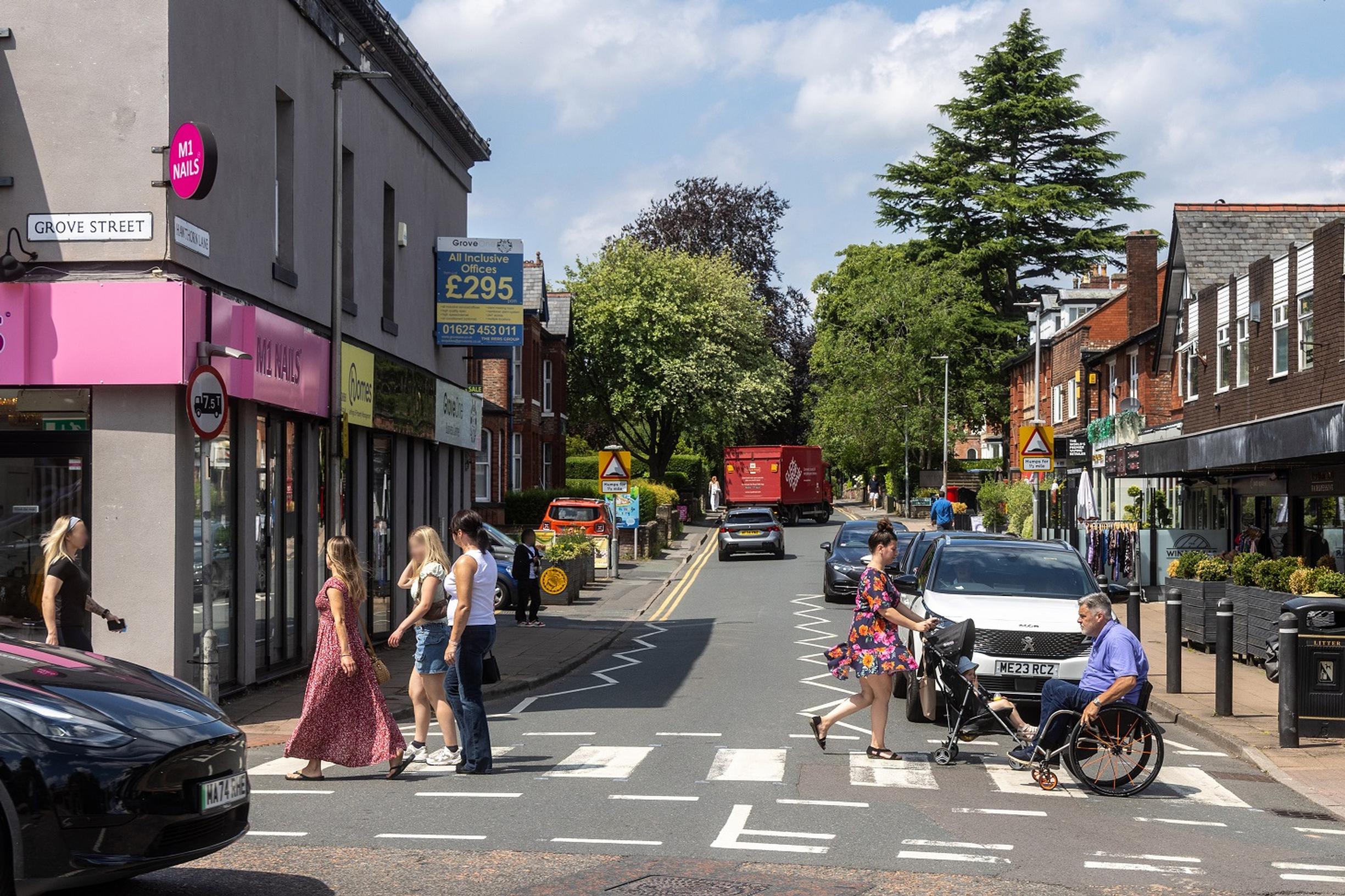

Disabled people are in danger of being further excluded in society if future changes to transport do not involve them and address their needs, according to a new report launched today.
The Transforming Mobility research was led by the UK walking, wheeling and cycling charity Sustrans, with Transport for All – the disabled-led charity working to ensure all disabled people can travel easily and confidently. The project was funded by the Motability Foundation.
The report includes findings from Sustrans’ 2024 survey of 1,107 disabled people across the UK, carried out by More in Common, and workshops with disabled people in Birmingham, Edinburgh and Oxford.
It found that half (48%) of disabled people think government is not doing enough to ensure accessibility is a priority.
Local authorities should develop network of ‘mobility hubs’ to seamlessly connect walking, wheeling and cycling with buses, trams and trains. Some 81% of disabled people support providing a better experience when changing between different types of transport.
Legalising ‘side road zebra’ crossings is one of five ‘big ideas’ in the report, supported by disabled people, that would improve safety and accessibility on streets, and benefit everyone.
The survey found that 72% of disabled people support giving greater priority and investment to low-cost solutions, like side road crossings.
By law, all zebra crossings must currently include belisha beacons, yellow flashing lights at either end of a crossing, and zig-zag approach markings. Side road zebras, commonly used across Europe, do not include beacons or zig-zag markings. This ensures they can be used at a side road junction, are quick to install and much cheaper.
A two-year trial of side road zebra crossings in Manchester found that drivers give way 65% more times than when the road markings are not present.
Find out more at Mobility Hubs, City Hall, Bristol, 2 October https://www.mobilityhubs.uk
The report highlights five ways to help improve transport connections for disabled people:
Tim Burns, head of research, at Sustrans said: “The next ten years will see exciting changes in the way we move around our cities, as local authorities respond to the UK’s economic, health and environmental challenges with visionary transport plans.
“To be truly transformative, these plans need strong, local leadership to transform communities and to put disabled people at their heart.
“We know that disabled people face greater barriers to getting around and accessing the things they need to live well while also wanting to travel more sustainably.
“Our report highlights tried and tested ideas, increasingly being adopted in the UK. Disabled people want transport to change. When disabled people are represented, the outcomes are better for everyone.”
Dr Ruth Cumming, senior research officer at Transport for All said: “We all need the freedom to travel – for work, for school, for shopping, and to be able to make those journeys easily and safely. Disabled people are often blocked from that. Including disabled people as experts in transport and urban planning ensures our requirements are built into developments, creating streets, communities and cities that we can all use and enjoy.”
www.sustrans.org.uk/transforming-mobility
TransportXtra is part of Landor LINKS
© 2025 TransportXtra | Landor LINKS Ltd | All Rights Reserved
Subscriptions, Magazines & Online Access Enquires
[Frequently Asked Questions]
Email: subs.ltt@landor.co.uk | Tel: +44 (0) 20 7091 7959
Shop & Accounts Enquires
Email: accounts@landor.co.uk | Tel: +44 (0) 20 7091 7855
Advertising Sales & Recruitment Enquires
Email: daniel@landor.co.uk | Tel: +44 (0) 20 7091 7861
Events & Conference Enquires
Email: conferences@landor.co.uk | Tel: +44 (0) 20 7091 7865
Press Releases & Editorial Enquires
Email: info@transportxtra.com | Tel: +44 (0) 20 7091 7875
Privacy Policy | Terms and Conditions | Advertise
Web design london by Brainiac Media 2020